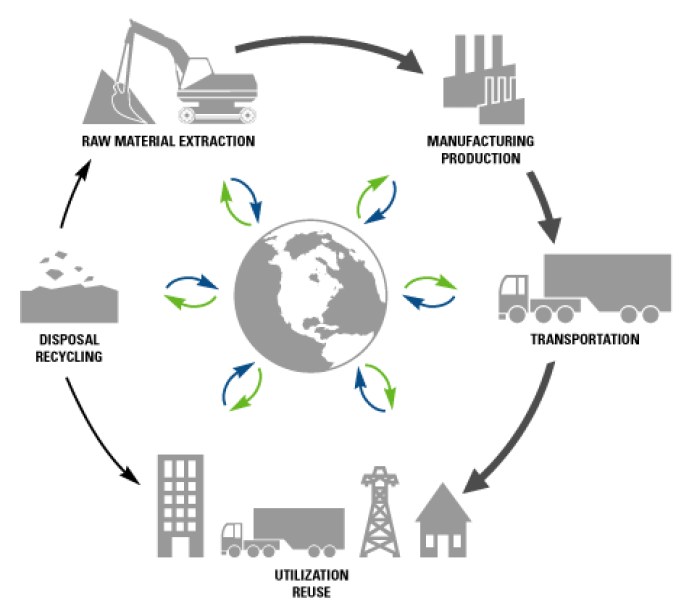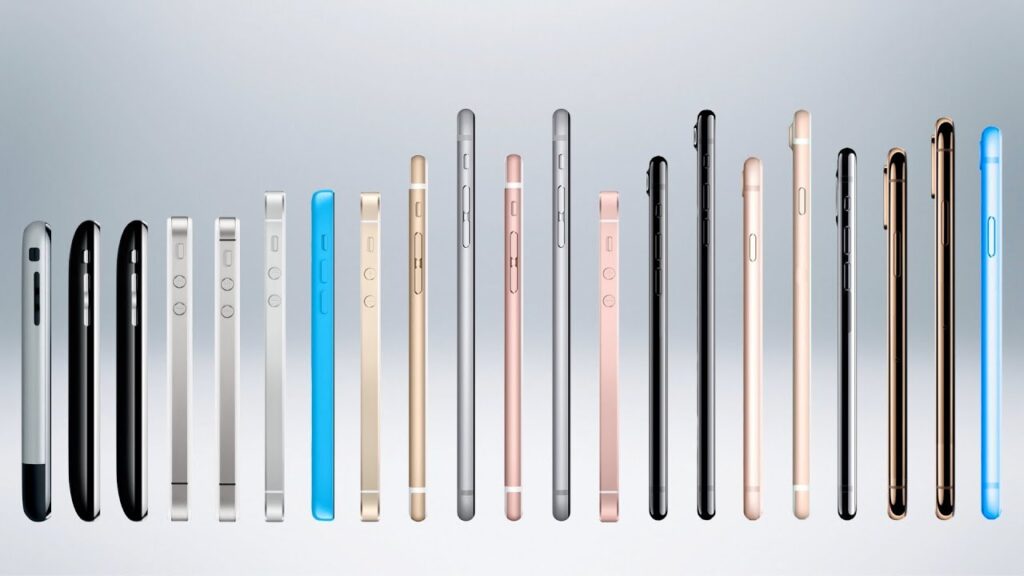As an agency that works every day with creating new products, it is important to think deeply about what sustainable product design actually means. In this article we give our views of the situation today, and how we should move forward.
The failure of environmentalism
The current efforts to battle climate change and pollution of our environment have failed. While in some isolated areas we do see improvements, as a whole our trajectory remains the same. Listening to this UN general assembly on climate change from 89′ makes one realize just how little the talking points have changed in 30 years.
…to secure worldwide agreements on ways to cope with the effect of climate change, the thinning of the ozone layer and the loss of precious species… we shall embark on this hopeful of success, not fearful of failure.
–Margaret Thatcher, UN climate summit 1989
In this article I examine what I believe would need to change in the way we consume and design products to become sustainable in the true sense of the word.
The problem with the current model of sustainability
Sustainable product design today is all about minimizing the impact on the environment. The problem is that however much we try to minimize the impact of a product on the environment, it will never be zero. There will always be some consumption of energy and material that depletes earth’s finite resources.

What is worse is that even when we accept this and only focus on lessening the environmental impact we run into problems. The products we create need to be competitive both on price and functionality, and often these attributes are not aligned with environmental friendliness. The Fairphone, for example, even if admirable in ambition, continues to be a niche product that loses out in specs and price when compared to less sustainable alternatives.
Truly sustainable product design

We need to accept that we will not get real sustainability merely by decreasing the impact of the products we produce. In some areas where there is no functional need for a constant stream of new products we need to stop consumption all together. Part of how we do that is by building things that last.
Today most companies design products to last slightly longer than their warranty period (see planned obsolescence). But there is no physical reason for why we cannot build products to last for decades.
To be clear I am not proposing we stop innovation. If Apple wants to continue releasing a new iPhone every year they are free to do so. Some people will always want the latest and greatest and should be free to fulfil their desires. However, there are also many who would delay upgrading if their old gadgets lasted longer.
The need for new products will vary not only between people but also between industries. In areas where there is rapid progress (e.g. high-end computers) a new purchase every year might be warranted, while in others where not much is changing (e.g. furniture) we can buy things to last several decades.
Implementation in reality
Today the consumer is disconnected, both temporally and geographically, from the negative environmental consequences of constant new products with marginal improvements hitting the market. Because of this, free market dynamics are not able to account for this hidden cost. To compensate for this I suggest governments apply a corrective incentive through a well known lever that has already been mentioned in this article: the warranty period.
Extended warranty
By extending the minimum warranty lawy, companies would have a direct financial incentive to build longer lasting products. Consumers would still be free to buy each new iteration of a product, they would however not be compelled to do so by their old device breaking.

Some outcomes I expect from an extended warranty are:
- New iterations of products will come further apart
- Each new iteration will contain more innovation
- The purchase price of products will go up to compensate for more durable components
- The lifetime price of products will go down as you pay less for replacements and repairs
- Companies will shift to business models that make more of their profits on bits instead of atoms

While the exact warranty period will depend on the specific product category, I feel confident it could be increased across the board. If we again look at smartphones as an example, we have already seen that manufacturers are purposefully withholding technologies that would make devices last longer. One striking example is the near unbreakable Sapphire glass for iPhone screens than was leaked in 2014 but never ended up making it into any handset.
A healthy economy without consumerism?
Can we maintain a healthy economy in the face of decreased consumption?
My original answer to this question is a pages long discussion on where we should, and should not, spend our efforts to move to a sustainable future. Instead of boring you with that, let me instead pose a counter question: can we continue consuming resources at the current rate without making the earth uninhabitable? As of the day I write this article the answer is no.
I am open to the possibility of innovations coming along that allow us to continue the current consumption rate. However until we have clean energy, CO2 sinks and whatever other technologies are necessary to save ourselves, it is not prudent to carry on as we have.